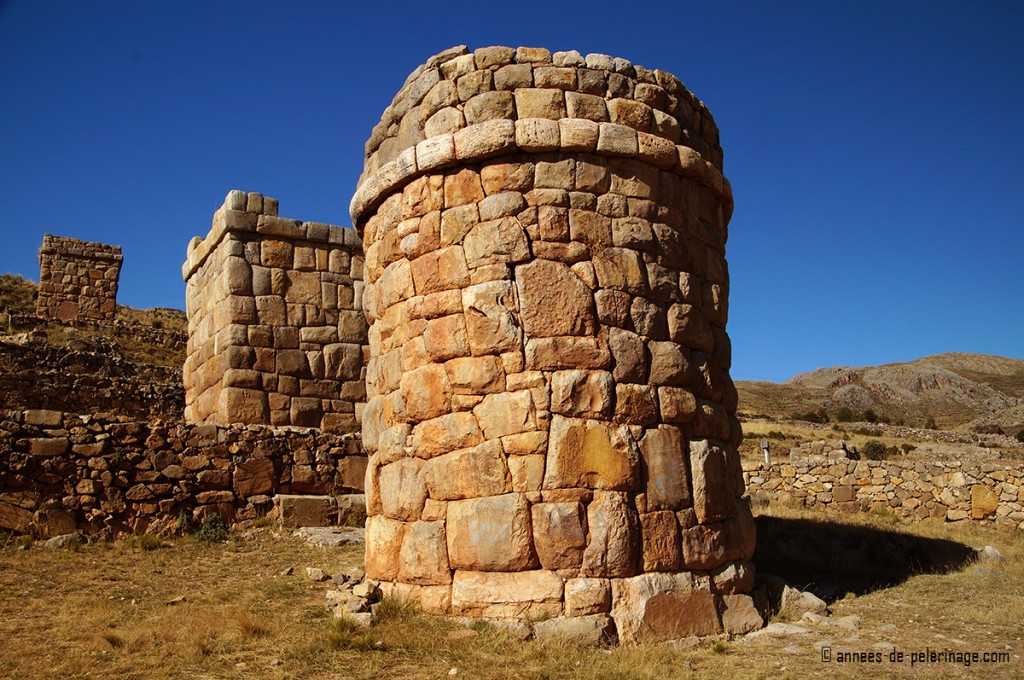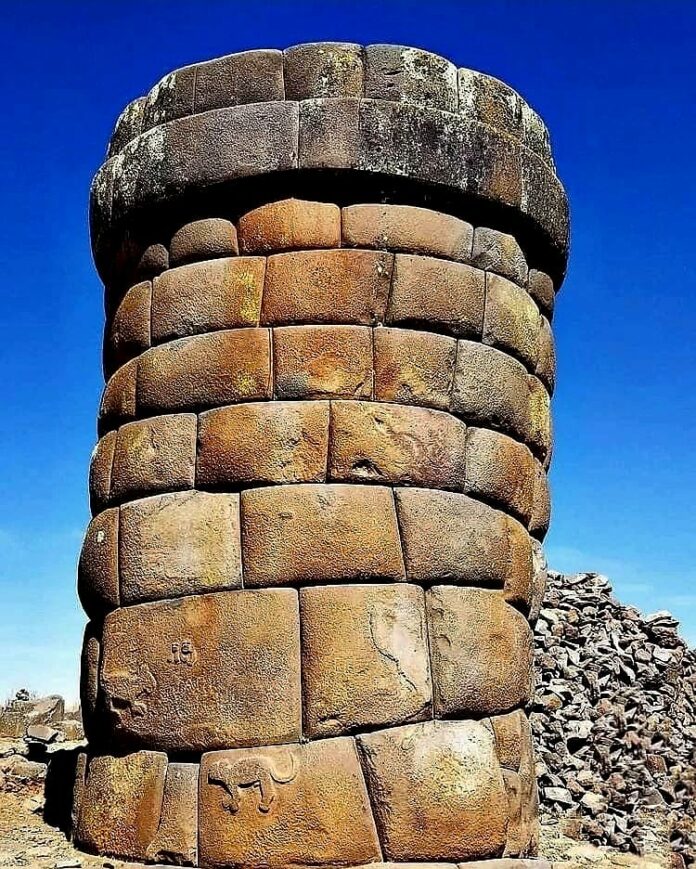Nestled in the highlands of Peru, near the city of Puno, the Chullpas of Cutimbo stand as a monumental testament to the rich cultural heritage of the Lupacas, Collas, and Incas. These ancient funerary towers, comparable to those at Sillustani, reveal a fascinating glimpse into the mortuary practices and architectural prowess of these pre-Columbian civilizations. This article delves into the historical significance, architectural marvels, and the mysteries surrounding the Chullpas of Cutimbo.
The Cultural Legacy of the Chullpas

The Chullpas of Cutimbo are an extraordinary expression of the cultural and artistic capabilities of the Lupacas, Collas, and Incas. These towering structures served as tombs, primarily for the elite, but also included smaller tombs for individuals of lower social hierarchies. The variety of shapes—circular, square, and rectangular—each held specific meanings and were often reserved for notable figures.
Architectural Features of the Chullpas
Monumental Structures
The Chullpas vary in shape and size, with the most prominent being the large, cylindrical towers. These structures were meticulously constructed using carved lithic material, with each block precisely joined to the next using minimal amounts of mud mortar. The careful alignment and craftsmanship suggest a sophisticated understanding of engineering and architecture.
Interior Design

Inside the Chullpas, the mortuary chambers were typically conical, with false vaults and trapezoidal niches designed to house mummified remains. These niches were likely used for placing offerings alongside the deceased, highlighting the ritualistic significance of these burials.
Orientation and Purpose
Each Chullpa had a single entrance, always facing east, possibly signifying a connection to celestial events or spiritual beliefs. The smaller tombs were often used for collective burials, where bodies were interred in the fetal position, wrapped in cloaks, and accompanied by offerings. This practice underscores the reverence and care given to the dead, reflecting complex funerary rituals.
Mysteries and Theories

Despite extensive study, the exact purposes and methods behind these burials remain shrouded in mystery. Some theories suggest that these burials were sacrificial in nature, while others propose they were part of elaborate rituals. The presence of cave paintings dating back 8,000 years adds another layer of historical intrigue, indicating that the site was of significant importance long before the construction of the Chullpas.
Historical Context
The Cutimbo Archaeological Complex dates back to 1100-1532 AD, a period marked by the rise and fall of powerful Andean civilizations. The site served as a pre-Hispanic cemetery for the Lupaca and Colla peoples, with its structures bearing witness to their advanced construction techniques and cultural practices. The toponym “Cutimbo” derives from “qutimpo,” reflecting a sense of return, possibly linked to spiritual beliefs about life and death.
Visiting the Chullpas of Cutimbo

Reaching the Chullpas of Cutimbo involves a short journey from the city of Puno. Visitors can take a bus to Cutimbo Hill, a trip that takes approximately 25 minutes. From there, a half-hour walk leads to the site, offering a chance to immerse oneself in the breathtaking Andean landscape and the historical ambiance of the Chullpas.
Conclusion
The Chullpas of Cutimbo stand as a remarkable legacy of ancient Andean cultures, offering invaluable insights into their mortuary practices, architectural ingenuity, and spiritual beliefs. As researchers continue to uncover the mysteries of this site, the Chullpas remain a poignant reminder of the rich and complex history of the Lupacas, Collas, and Incas. For visitors and historians alike, Cutimbo provides a profound connection to the past, inviting us to explore and honor the enduring heritage of these ancient peoples.
